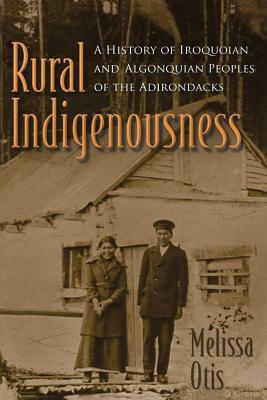
Part One
I am finding this book by Melissa Otis challenging on three levels.
On the first, it is challenging my idea of Native American presence in the Adirondacks. Otis doesn’t refute the popular belief that most of the territory in the Blue Line (the boundary of the Adirondack Park) was hunting territory used by many tribes, but she asks the reader to reflect on what the word “hunting territory” means. I always pictured some guys killing big animals and bringing a few home to justify going off for a summer vacation with the boys.
But no. The concept of “hunting territory” needs to be picked apart. What were they hunting? Animals, of course, but also plants and fish. When were they hunting? It could be any season. Trapping in winter. Foraging in summer. Who was hunting? Young men, yes, but some women, or even the whole band together. If a lot of meat or fish was being harvested, women did most of the processing on site. The small groups could be Abenaki, Iroquois, or Mahican before colonization, but later they might be other displaced Native groups. Were they only hunting? No, there was trapping and fishing. And Mohawk women would sometimes plant and harvest during a long hunting season. Or Abenaki women would sow plants and return later that year (or even in subsequent years) to gather.
I’m also finding the book challenging because it is dense and difficult. A lot of names, dates, wars, treaties referenced. It’s slow reading, and sometimes I have to look up events that I’m not familiar with. This is a meticulously researched book, which is its strength and weakness. I wish this kind of information was available in a more readable form, but the book was only published in 2018. And of course people demand good documentation after so much questionable stuff has been around for so long.
The third challenging level has to do with absorbing the troubling details of the history of displacement through colonization. This displacement was not as dramatic as the forced mass relocations of Cherokee or Delaware, but it was traumatic nonetheless. The Abenaki and the Mahican faired the worst, being more itinerant than the Mohawk, who were settled and agriculturally advanced.
So I’m getting through the book slowly, but I recommend it to anyone interested in the early history of this region.
This picture was taken in Newcomb, New York last week. The High Peaks can be seen in the distance.


One thought on “(Review) Rural Indigenousness: A history of Iroquoian and Algonquian peoples of the Adirondacks”
Comments are closed.